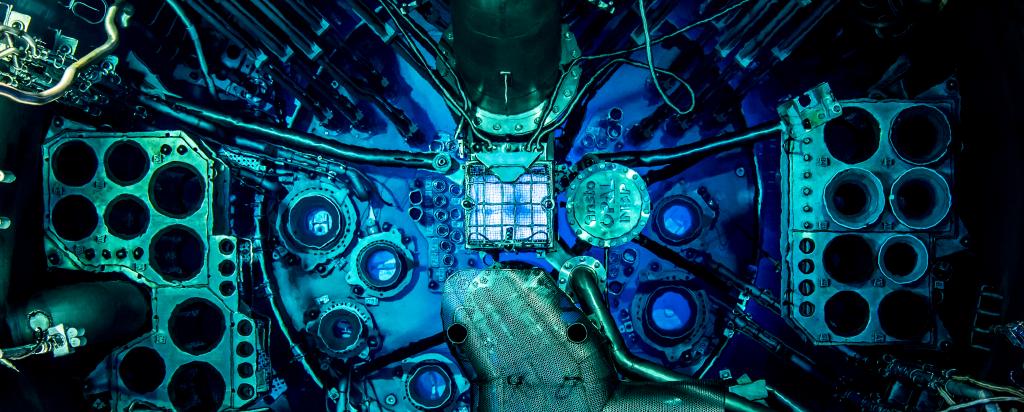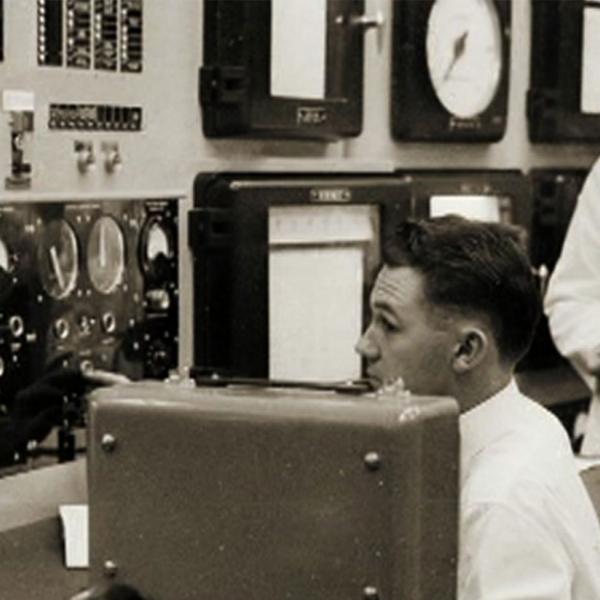
In a significant milestone month for the pages of Australia’s nuclear history books, the Australian Nuclear and Science Technology Organisation (ANSTO) is celebrating 70 years since Australia officially ushered in an age of nuclear science and innovation.
From the implementation of the Atomic Energy Act (1953) 70 years ago in April which formally established ANSTO’s predecessor, the Australian Atomic Energy Commission (AAEC), ANSTO has stood at the forefront of Australia’s nuclear landscape.
As the national centre of nuclear expertise, ANSTO has been home to Australia’s only nuclear reactors: HIFAR for nearly 50 years, Moata for 34 years, and since 2007, the state-of-the-art OPAL multi-purpose reactor, which is one of the world’s most advanced, efficient, and modern research reactors of its class.
Chief Executive Officer for ANSTO, Shaun Jenkinson congratulated ANSTO on its rich and steeped history of science and research endeavours, and said the 70th anniversary is a reminder of the home-grown talent and significant contributions made to nuclear science and technology.
“Many might not recognise Australia as an early adopter of nuclear technologies. But merely a year or so after electricity was first generated from a nuclear power plant in the United States, Australia had established the AAEC and formally officiated this with the Atomic Energy Act,” Mr Jenkinson said.
“Australia also played a key role in the formation of the International Atomic Energy Agency (IAEA) years later in 1957, and ANSTO’s long-held ties with the IAEA continues to be globally recognised today.
“We may be a small nuclear nation but we’re a highly sophisticated one, leveraged by our 70 years of nuclear expertise and capabilities that will continue to lead Australia into a bright and promising future.”
Mr Jenkinson commended the immense talent from the generations of scientists, engineers, and professionals that have walked through the corridors at Lucas Heights, the AAEC head office, and the Australian Synchrotron.
“Australia has come a long way in these 70 years. From the early days of researching uses of atomic energy, and mining and trading uranium, the ANSTO of today is helping to address some of the most challenging and complex issues facing our society in areas including human health, industry, and the environment,” Mr Jenkinson said.
“As custodians of significant infrastructure including the OPAL reactor, and our expertise in fields such as radiation safety, nuclear security, and engineering, ANSTO has long-been a trusted advisor to the Australian Government and the global nuclear community.
“Combined with our decades of research endeavours, we’ve built strong foundations to support Australia as it enters the next chapter on its nuclear timeline.”
Earlier this year, ANSTO was placed under the spotlight following the discovery of a missing radioactive source in the Western Australia outback, using ANSTO’s own CORIS360® radiation detection and imaging technology.
“The headlines that ran around the world really placed Lucas Heights on the map, and showed the many innovative ways nuclear science and technology can be put into action,” Mr Jenkinson said.
“But while many may have learnt about ANSTO from this incredible discovery, they may not probably be aware of how nuclear science and technology touches on the lives of nearly every Australian.
“If you ever require a diagnostic imaging scan, like a SPECT, it’s likely the nuclear medicine given to you has come from Lucas Heights. Every week, we produce nuclear medicine to enable between 10,000 – 12,000 procedures.
“Our capabilities and research infrastructure have supported incredible leaps in the field of science over these past 70 years, and we look forward to the possibilities that are still yet to come.”
For more information about ANSTO’s 70th anniversary, visit ansto.gov.au


